Born in competition and proven with specialized military and law enforcement units, pistol-mounted mini red dot sights (MRDS) have evolved into reliable systems suitable for serious duty and everyday carry (EDC) pistols. Widely fielded by the military in the early 2000s, MRDS have been gradually adopted by law enforcement and civilians.
MRDS are not a new thing; competition shooters started using electronic sighting systems over 30 years ago. The improvement in performance was obvious but their bulk, size, and relative fragility precluded them being used on duty and defensive handguns. The G forces on a slide-mounted sight are tremendous and the development of practical electronic sights required great effort.

Advances in electronics continually reduced size and reliability making MRDS the new normal on law enforcement patrol handguns. Duty-grade MRDS are so strong that the projecting optic can be used for manipulations such as reloading or clearing a malfunction. MRDS can even be used to rack the slide against a barricade.
Why do you want a red dot on your pistol?
The best reason to get a red dot sight is to improve your shooting. Simple and easy to use, they dramatically improve the shooter to gun interface for more intuitive aiming. Conventional sighting systems have changed little since muskets had bayonet lugs mounted on top of the barrel. Rear sights and adjustable systems increased accuracy. Tritium, fiber optics, and high visibility sights such as the XS F8 sights are easier to see but offer no change in the way your eye sees the sights and the threat.

MRDS are not just a new gadget. They fundamentally change the way a shooter interacts with the target and the environment. The human eye can only focus at one distance (focal plane) at a time. With conventional iron sights, you must alternate focus between three focal planes; front sight, rear sight, and threat.

When shooting with RDS, the shooter remains threat/target focused as the dot overlays the target. When the dot appears over the target in an acceptable position, the shooter can break the shot. Threat focus allows shooters to perceive and process more information during a fight, there is no requirement to focus on anything but the potential threat while making the decision to press the trigger.
Not having to align sights makes pointing and shooting faster, with increasing accuracy. This does not come without practice, but with a properly mounted sight (low mount with co-witnessed sights) the transition is very short.
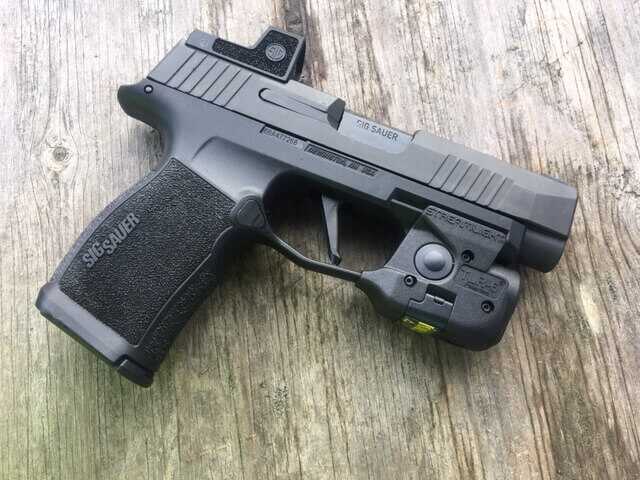
Shooters with less than perfect vision or older eyes will have a much easier time employing an optical sight than irons. Astigmatism can make the dot look fuzzy but it will still shoot straight.
The optic is also an advantage in night shooting. I found the optic much simpler to use in night shooting since the dot on the target, weapon light on or off, is easier to acquire.
There are some downsides. Quality optics and mounts are pricy. Electronics are more likely to fail than iron sights. You are going to need training. You must practice your presentation to make sure you see the dot when you bring up your gun. You must train failure drills. The solutions are simple, but you need to know and practice the procedures.
How do red dot sights work?
MRDS are simple optics with a simple reticle designed for rapid target engagement at close to moderate ranges. MRDS are one power optics which means that they have no magnification. The apparent size of the dot is controlled by an aperture in front of the LED and many sizes are available.
The sights have a coated spherical mirror facing the shooter. A light emitting diode (LED) sends light to the mirror which is reflected back to the shooter’s eye. A special coating on the mirror only reflects red light allowing other light to pass through. You can see the reticle and see through the optic but someone on the other side of the optic cannot see the reticle.

All red dot optics are adjustable for windage and elevation for zeroing. The reticle, once properly aligned, is parallel to the barrel out to infinity. The ballistic path of the bullet will vary little at close distances making zero very simple.
What MOA Size
The size of the dot is set by the design but changes in brightness can also make the dot seem smaller or larger. For speed you want big and bright, for accuracy the dot should be as dim as you can make it out to appear smaller.
At longer ranges, a smaller dot covers less of the target and makes seeing your target easier. The size of the dot is measured in Minutes of Angle (MOA). Minutes of angle (MOA) are an angular measurement like degrees but much smaller. One minute of angle (1/60th of one degree) covers about 1.05 inch at 100 yards, rounded to 1 inch at 100 yards for practical use. One MOA is 2 inches at 200 yards. As we get closer in pistol ranges, one MOA is .5 inches at 50 yards, .25 inches at 25 yards, and .1 inches at 10 yards.

A small dot, the smallest available is generally 1 MOA with most red dot sights for pistols, will give you more precision, but makes sight acquisition slightly slower. A larger dot gives you faster sight acquisition, but it’s relatively less precise, especially at longer ranges.
Common MRDS come in sizes 6 MOA, 3.25 MOA and 1 MOA. As a compromise, 3 MOA to 4 MOA red dot reticle optics are the most common for handgun MRDS. Sight acquisition is fast, but good precision is still possible. Look at different dots and see what works best for you and your shooting.
Which RDS do you want?
I have used the Trijicon RMR, Trijicon RSO, SIG ROMEO1, SIG ROMEOZero and the Leupold Delta Point Pro. They are all solid choices for an EDC or duty sight. There are other brands that may be good options, but you should be cautious about inexpensive sights. They will not hold up under the constant impact of a quickly reciprocating slide.
MRDS choice usually starts with a footprint (the cut out the sight occupies on the slide). GLOCK MOS models and optic-ready SIG pistols and Smith & Wesson’s CORE models all support MRDS. Some systems like the Glock MOS and Grey Ghost slides will accommodate more than one model of MRDS but most milled slides limit you to a single footprint. The best mount is low on the slide with a tight fit to spread recoil forces. SIG RX series guns come with a ROMEO1 already mounted and co-witnessed with suppressor height iron sights.
Battery location is a key feature. Trijicon SRO, SIG SAUER Romeo 1 and Leupold DeltaPoint Pro all have top-loading battery compartments. This allows you to replace a battery in seconds with no tools and no zero change. The Trijicon RMR has a very strong design, but it requires you to remove the sight and install a battery in the bottom.
The majority of MRDS’s run on CR 2032 Lithium batteries, but the SIG ROMEO1 uses the CR 1632. Most drug and home improvement stores carry these coin-shaped batteries. Best to buy a few spares before you need them. Most MRDS users only replace the battery once a year even running ‘constant on’.
How should you mount an RDS?
There are a variety of MRDS and mounting options for any handgun. Your choice will depend on your mission and your budget.
Every major firearms manufacturer offers MRDS mounting options. Plate mounted adapter systems like the Glock MOS are cost-effective but mount the MRDS higher than milled mounts making sight acquisition more difficult. Plates can accommodate various MRDS footprints which accommodates multiple MRDS footprints allowing easy change of sights.
The original red dot mounts were external bridge mounts which attached to the handgun frame. These mounts are not suitable for practical carry because the footprint is too large for a conventional holster. There are mounts that replace the rear sight and mount into the slide’s dovetail cut. This means you lose the iron sights. These mounts are also unsuited for duty use. They will not fit in most holsters.
For me, the best option was to have the slide milled for my specific MRDS. SIG makes RX models that come with a milled slide and mounted SIG MRDS. This is a simple solution that comes as a unit, zeroed with co-witnessed suppressor height sights.
If you are going to have your slide milled, you need to find a specially trained machinist to cut a precise slot into your slide that fits your MRDS perfectly. Slides are cut for specific footprints, so you can’t switch from one model MRDS to another one unless they share a footprint.

Milling allows the MRDS to sit as low as physically possible. I had Brimstone Gunsmithing in Vancouver Washington mill my Glock 17 using their CNC process. The mount was milled as low as possible without impacting the functioning parts. The system is rock solid, rugged and provides a perfect press fit to the optic.
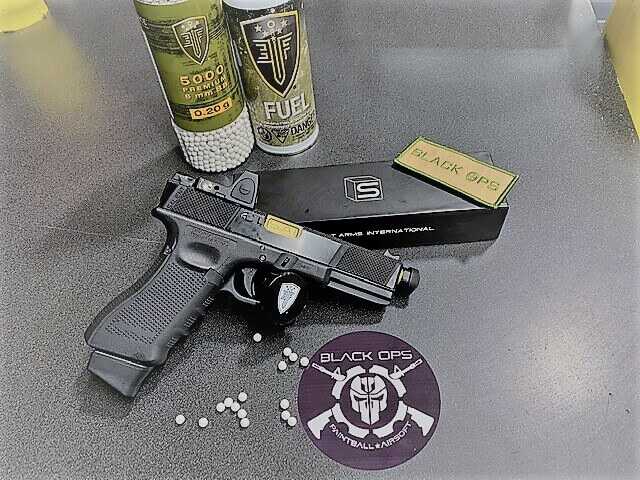
All milled slides are not the same. While any machine shop can cut a slot in a slide, getting the precise cut you need for your MRDS is a job only a few guns smiths can do properly. This is another area where saving money may provide loose erratic sights, unreliable dots and damaged slides that won’t shoot. If you decide to go the milled route, do your homework and find a company with a good reputation that can cut the slide of your specific model of handgun to accept your specific model MRDS.
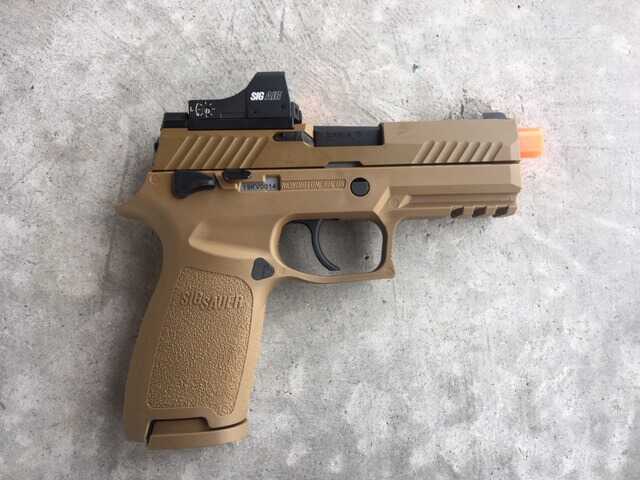
Do you need back up sights?
I believe for practical use, you need a set of iron sights as a backup. Factory sights sit too low to be useful with the MRDS. The simple solution is suppressor height sights. You can either choose a height that co-witnesses the dot (same parallel plane when aligned on target) or pick a height that sits in the lower quarter of the optic window, allowing more field of view around the dot. It’s a personal preference.

What about holsters?
RDS entrance into law enforcement use has also been hindered by a firearm’s ability to be holstered and carried with acceptable retention. Safariland addressed that issue with an “RDS” series of holsters that allow an officer to choose their desired retention level of holster for RDS-equipped Glocks, Smith & Wesson M&P CORE and Sig Sauer P320 RX guns.
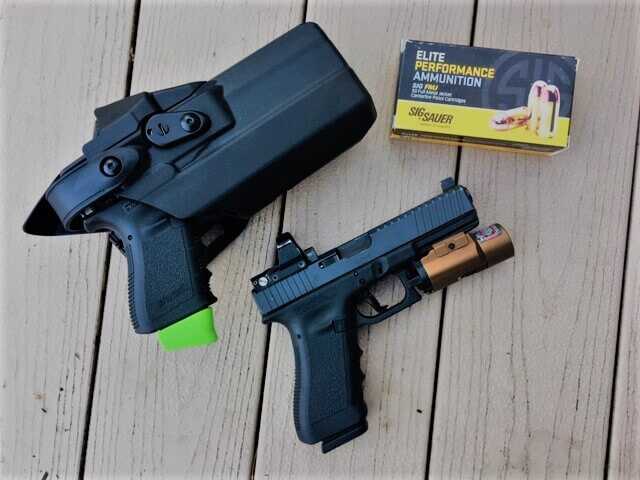
Safariland has RDS holsters in a wide variety of retention levels and mounting options. This flexibility allows police departments to approve RDS guns without worry of any policy issues related to holsters.
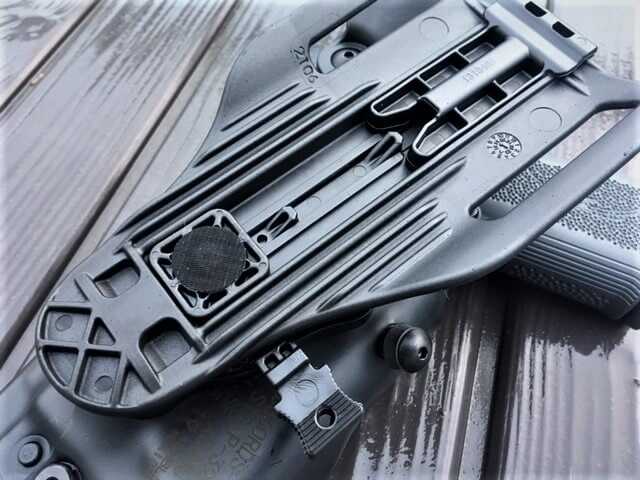
For concealed carry, there are a vast number of Kydex holsters including custom rigs.
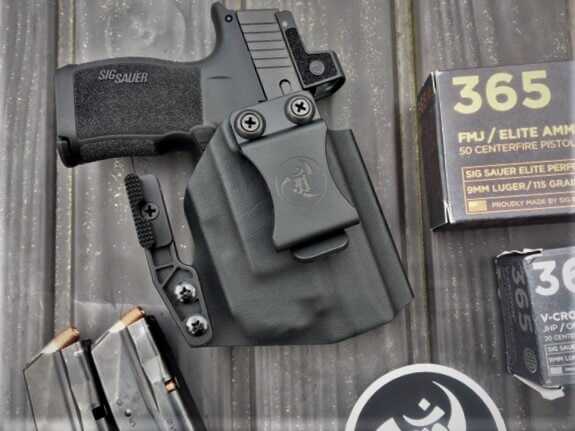
Red dots sights are ready for duty and carry on handguns. They are a mature technology and provide every shooter with the ability to see faster and shoot better. There is no excuse to remain in the dark ages.
Featured photo by Mark Miller. Trijicon SRO Polymer 80 compact build with Streamlight TLR-7A Lone Wolf custom barrel, slide, and internal parts


Cost of the sight, slide, milling, and holsters are all important and not discussed . Civilians can not write the cost off and otherwise have to make cost conscience decisions. What does it all add up to?
Great article, Mark. I was wondering with your experience using the Safariland 7360RDS, does the ALS system and holster design accommodate suppressor height sights (front and rear)?
Does the optic cover appear to fit different shaped MRDS like the Trijicon SRO or DPP compared to the conventional RMR/Doctor optic footprints?
Thanks!
What does a red dot do that a laser can’t do, do cheaper, without taking more training except to look for the dot, red for closer and green for further out and bright sun?
How many really need to shoot long distance with a regular pistol?
Well Bill, if you are plinking at the range, it doesn’t make any difference what you use. For practical use protecting yourself, there are some pros and cons. The biggest draw back for the laser is that it is active. If there is gun smoke or dust, it lights up where you are before you shoot. If there is a reflective surface, you can laser your self. In daylight, even the green laser can be hard to see. If you laser something non-reflective you may not see the laser. Lasers require a lot more energy so battery life on lasers is to short for practical duty use.Many lasers will not fit in available holsters. There are practical lasers like the Crimson Trace. If that meets your needs, by all means, go laser.
As far as shooting distance, for me it is more a matter or precision. Quality red dot sights will hold a zero and allow precision shots, night or day very quickly. Nobody needs to shoot long distance until they are in situation which requires it. Who can predict the future? If you have a bullet that will hit at 50 yards, why not have sights that will put it on target? What if all you can see is a head at 25 yards? That requires precision.
Red dots get the shooter to focus on the target with both eyes open. a laser will too. I find it much easier to pick up a co-witnessed red dot than to find a laser with no other reference. It is easy at extreme close range, but some would argue that you don’t need sights at all up close.
These guys make some good points:
https://youtu.be/RP8Yhj12yKo
https://youtu.be/W3p8o5MU5U8
What are your experiences with lasers?
Lasers not only can be overwhelmed in daylight conditions, and/or when the target is dark or less reflective (like a perp’s fleece jacket), they are also hard to spot when the target isn’t perfectly flat, as is a range target. It can get lost in the undulations of dark clothing, for instance. Shiny objects, although reflective, can reflect the laser in a direction other than back at the user. (Generally a less-reflective surface will scatter enough light back to the user, no matter the angle, but light bouncing off a reflective surface obeys the law “the angle of reflectance equals the angle of incidence.” If that first angle is too shallow, the light will bounce in a direction other than back to the user.) Using lasers in real-life self-defense situations is very unlike using them on a range when shooting at a flat, light-colored, reflective target.
A red dot avoids these potential laser problems entirely.